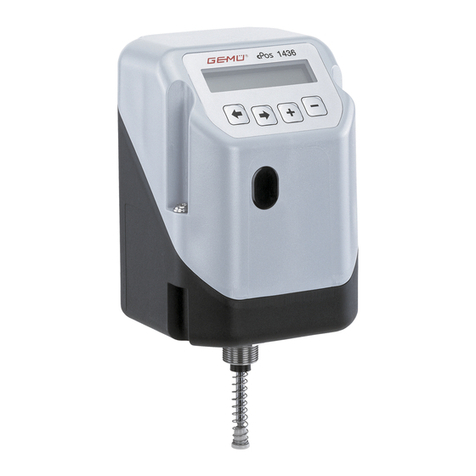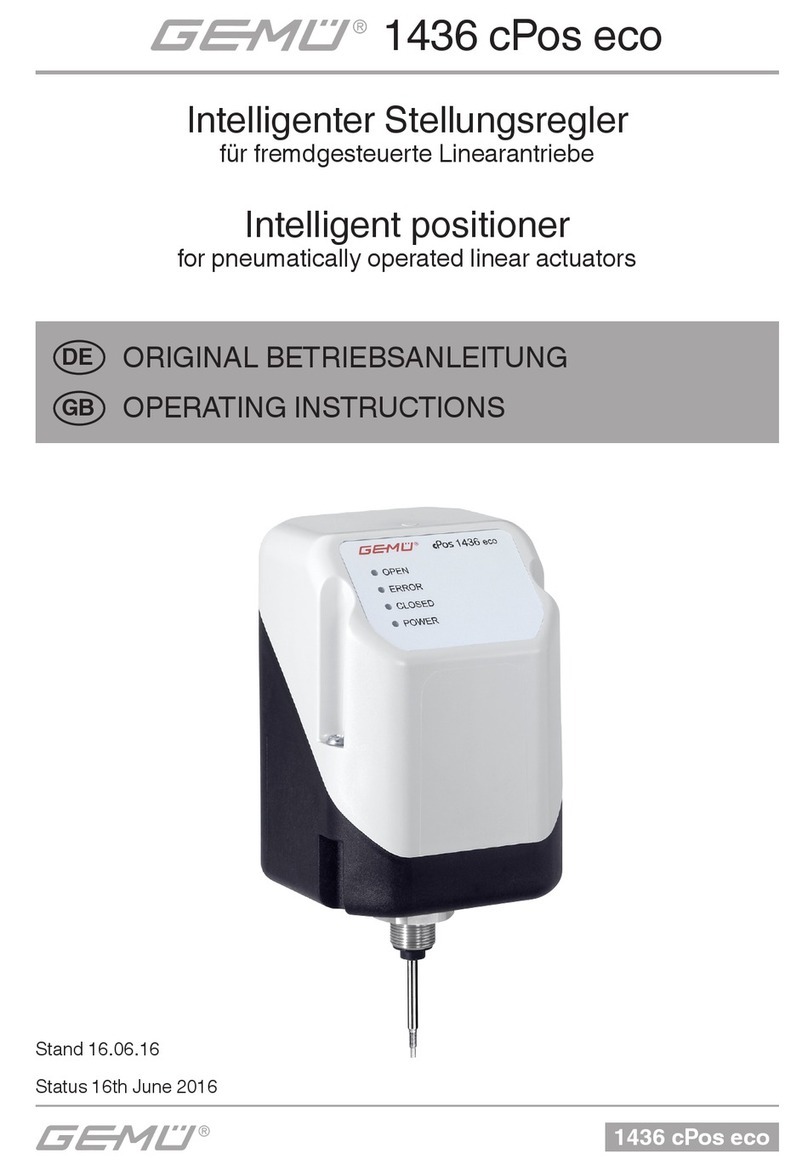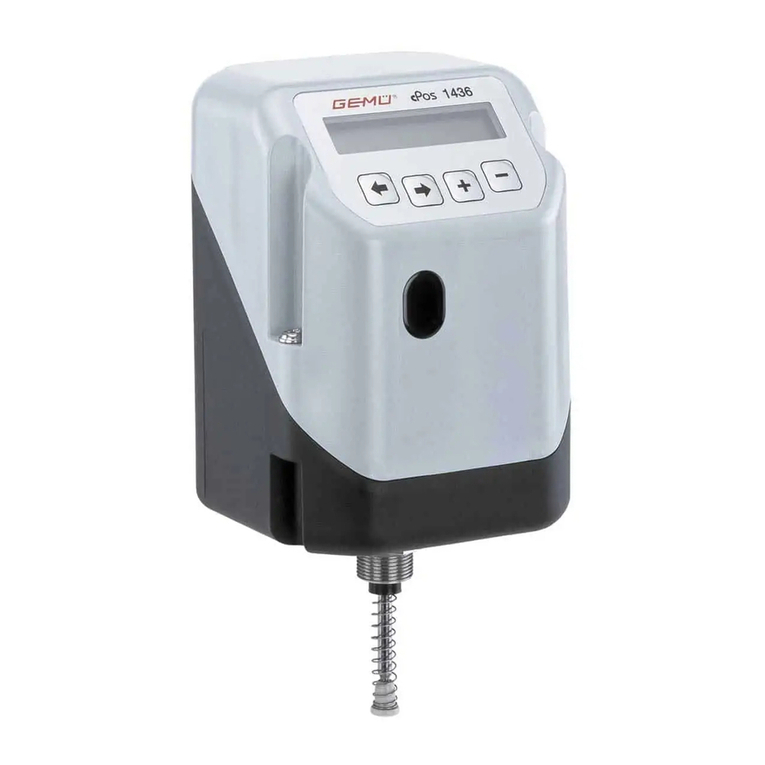Gemu 1436 cPos eco User manual




















Other manuals for 1436 cPos eco
2
Table of contents
Languages:
Other Gemu Valve Positioner manuals
Popular Valve Positioner manuals by other brands

Siemens
Siemens SIPART PS2 operating instructions
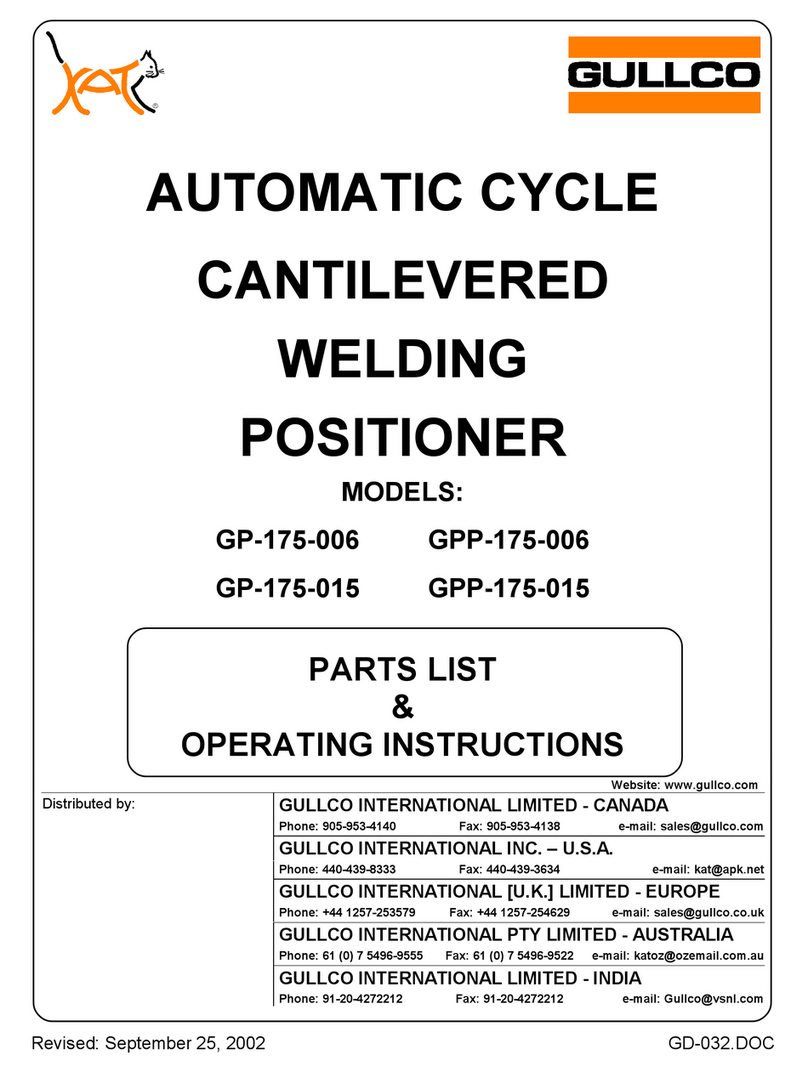
GULLCO
GULLCO GP-175-006 PARTS LIST & OPERATING INSTRUCTIONS
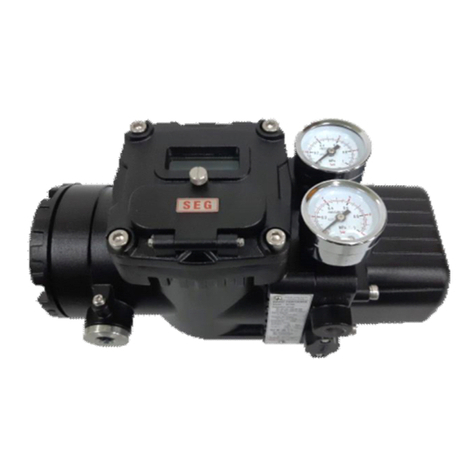
Seg
Seg SP760 Series instruction manual
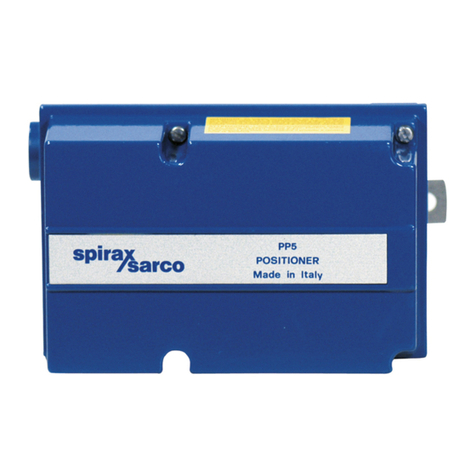
Spirax Sarco
Spirax Sarco PP 5 Series Installation and maintenance instructions
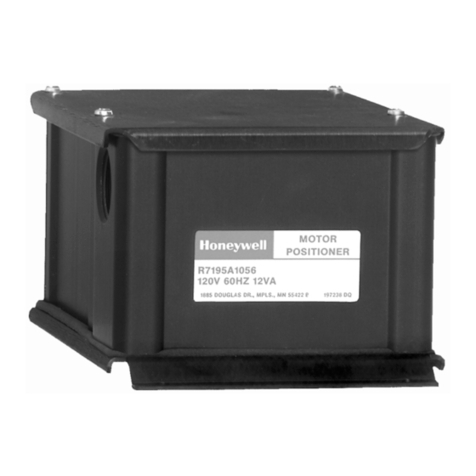
Honeywell
Honeywell R7195A Product data
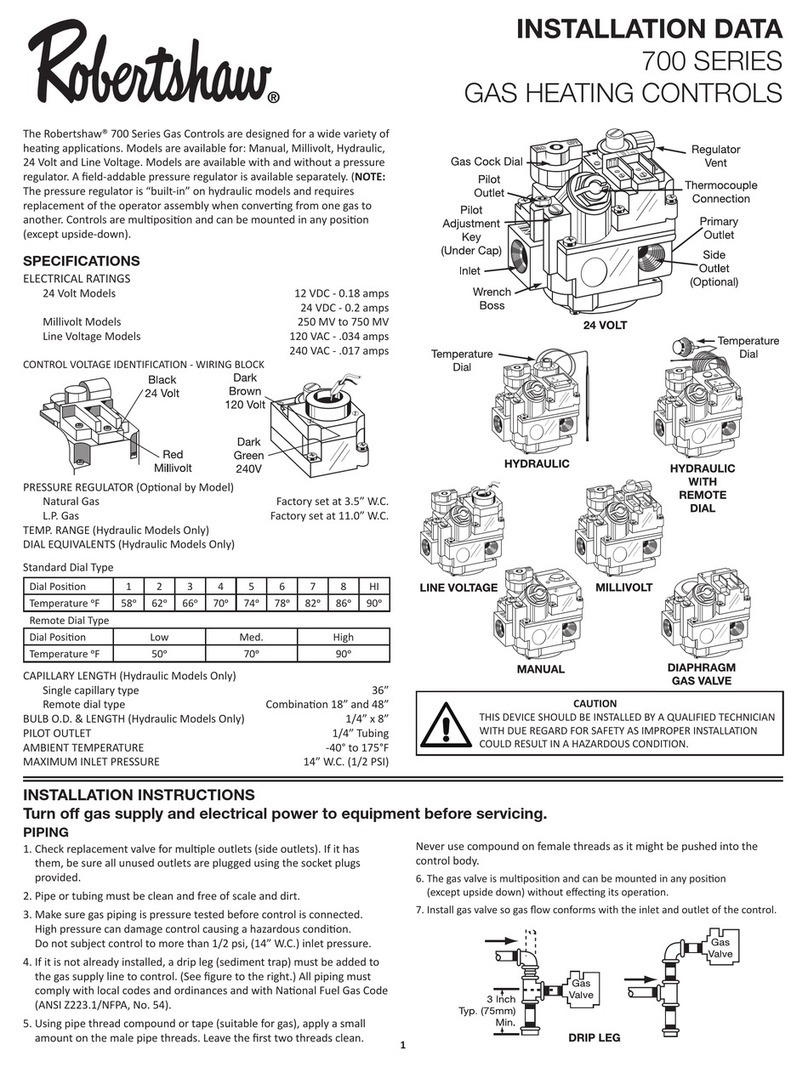
Robertshaw
Robertshaw 700 Series Installation data

Dante
Dante DLZ6830 Installation and operation manual
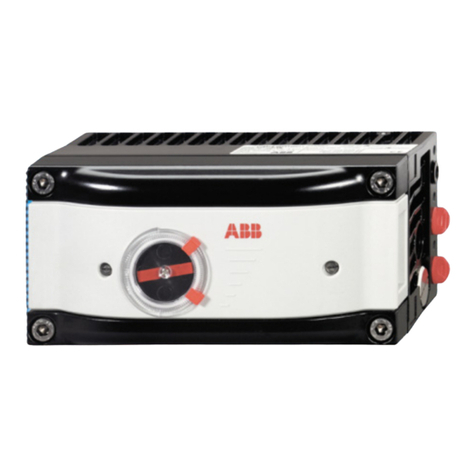
ABB
ABB TZIDC-200 operating instructions
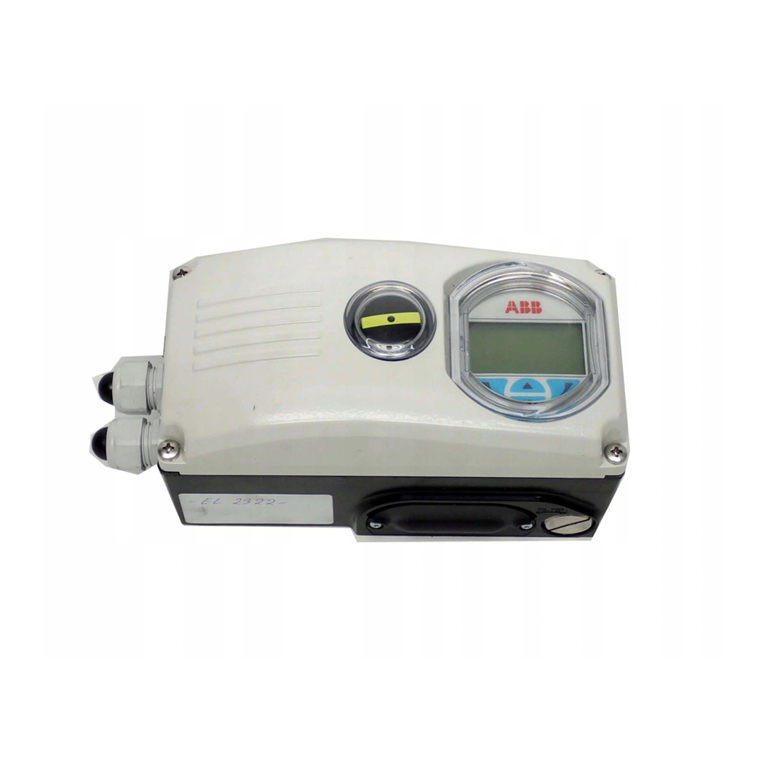
ABB
ABB PositionMaster EDP300 Commissioning Instruction
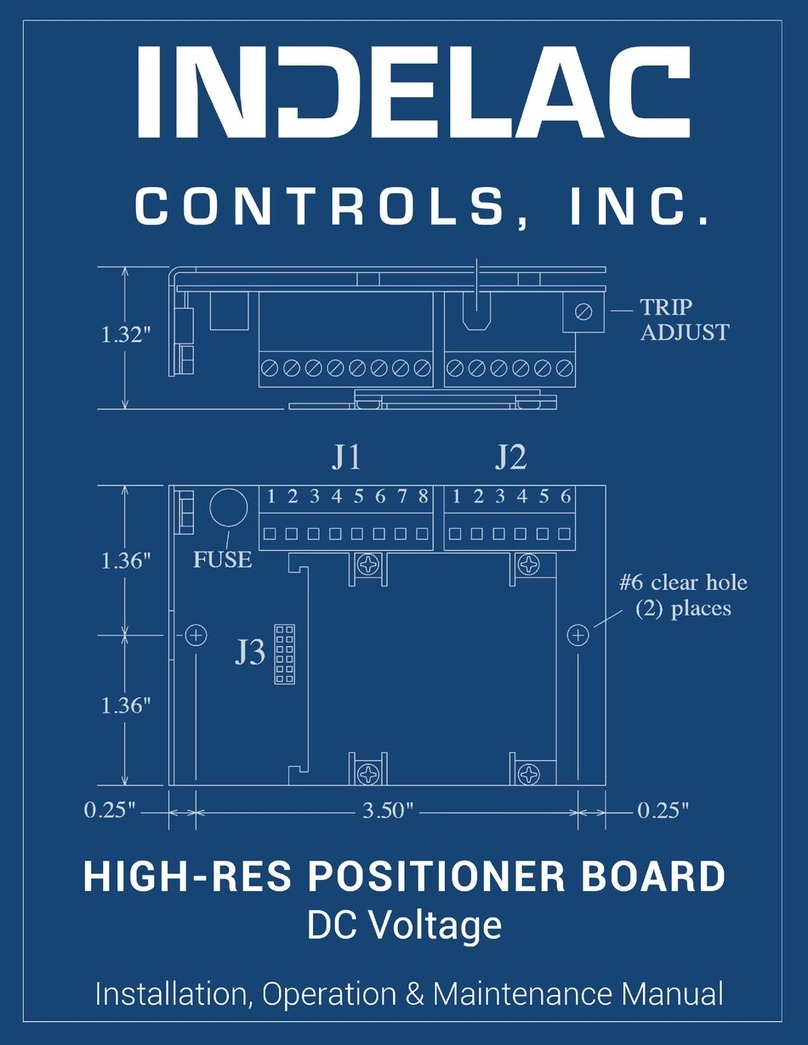
INDELAC CONTROLS
INDELAC CONTROLS 22018-DH Installation, operation & maintenance manual
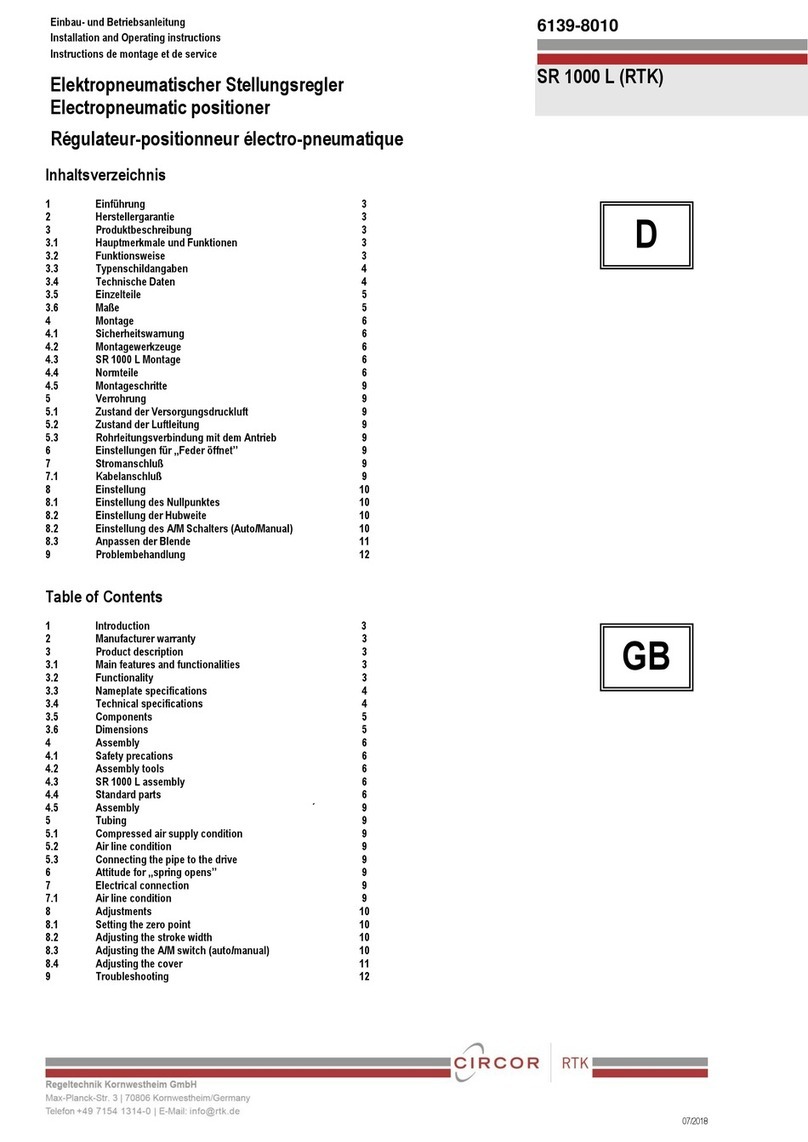
Circor
Circor RTK SR 1000 L Installation and operating instructions
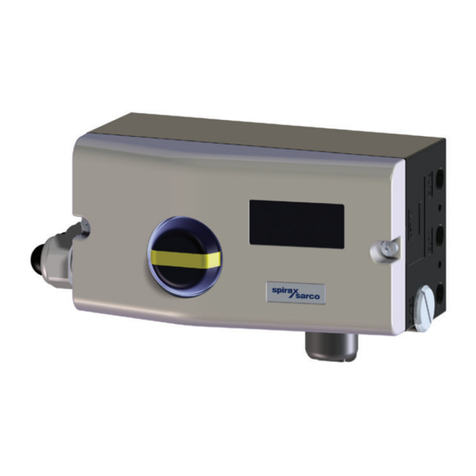
Spirax Sarco
Spirax Sarco SP7-10 manual
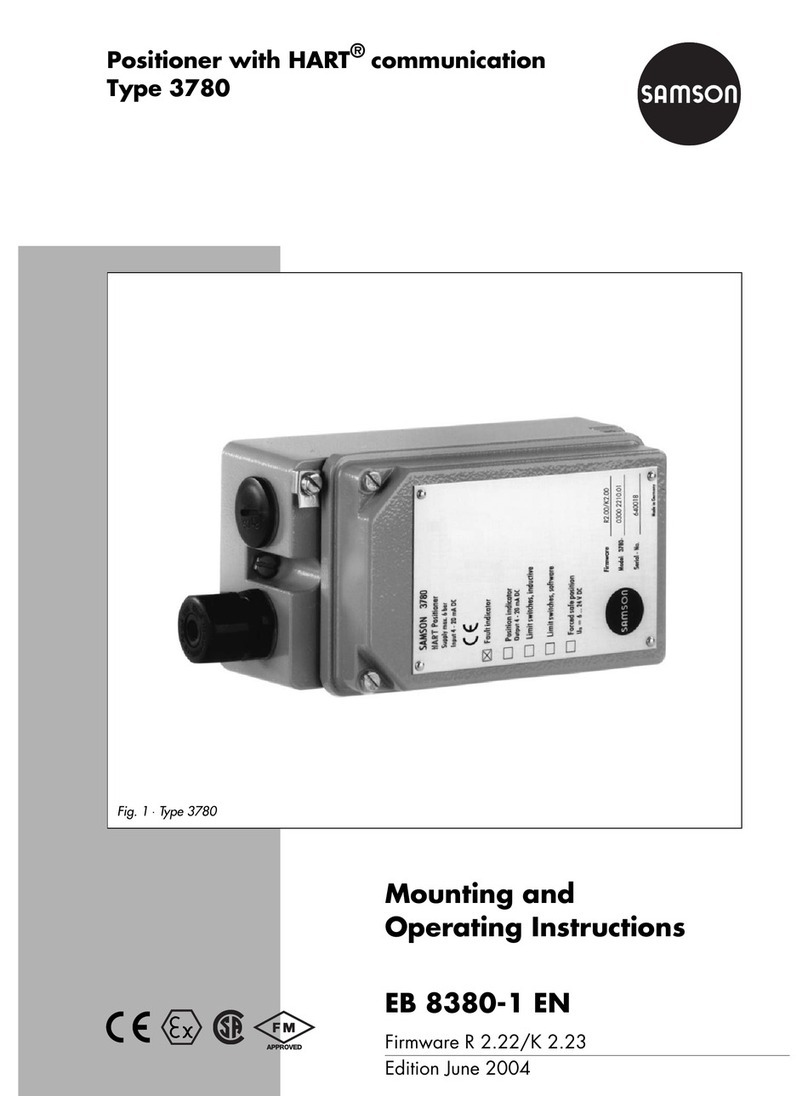
Samson
Samson 3780 series Mounting and operating instructions
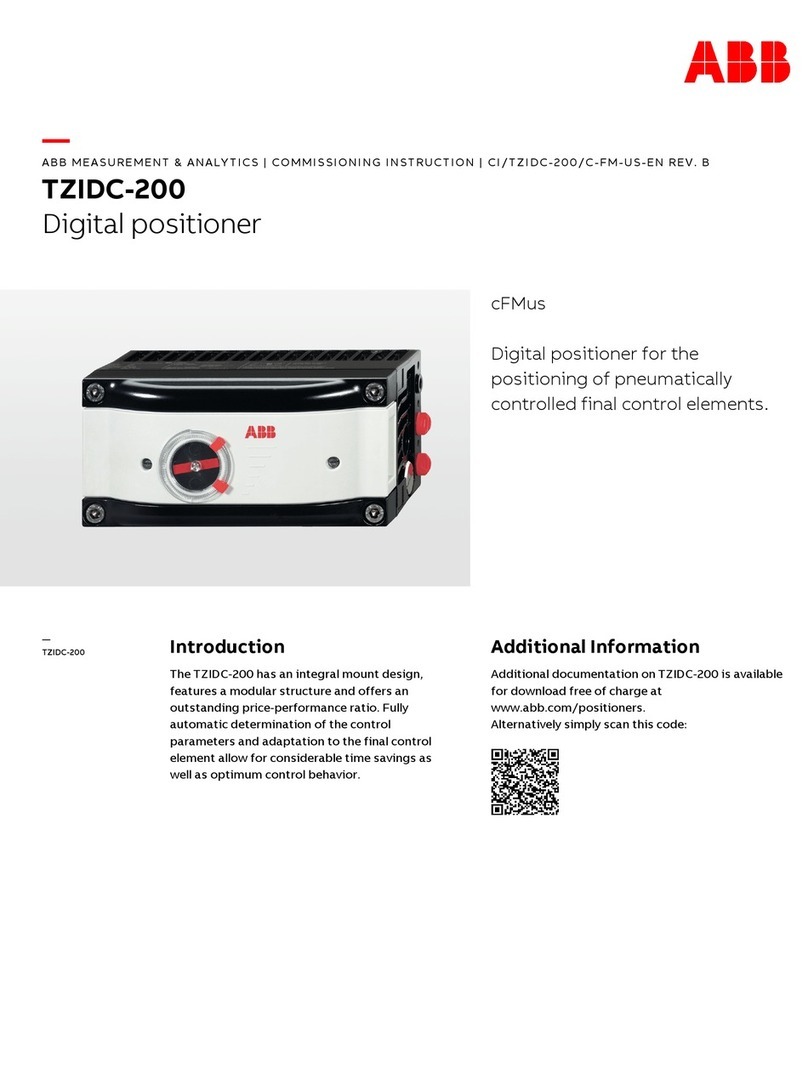
ABB
ABB TZIDC-200 manual
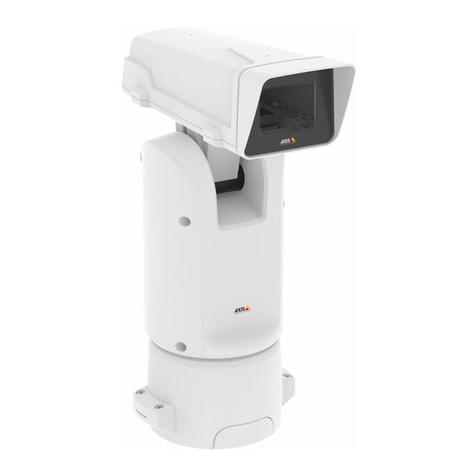
Axis
Axis T99A10 Repainting instructions

Genebre
Genebre 5951 00 Installation, operation and maintenance manual

Lincoln Electric
Lincoln Electric POSIMATIC PS03 Safety instruction for use and maintenance
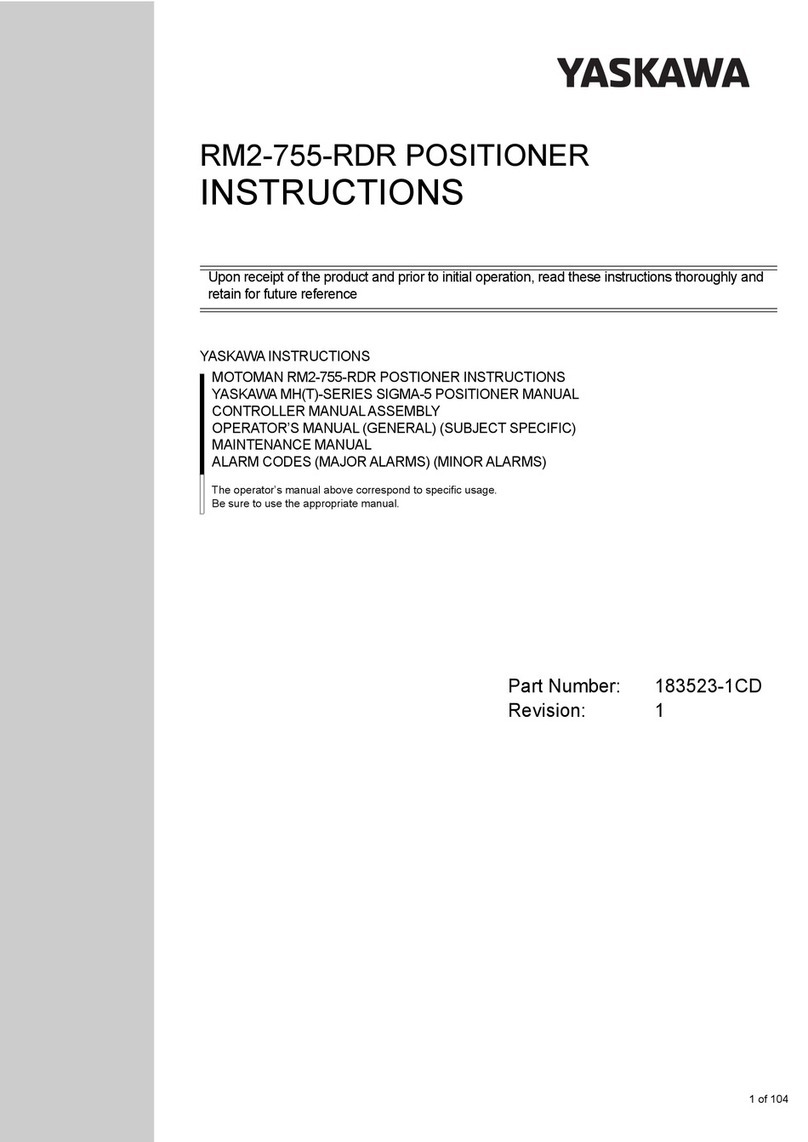
YASKAWA
YASKAWA RM2-755-RDR instructions
